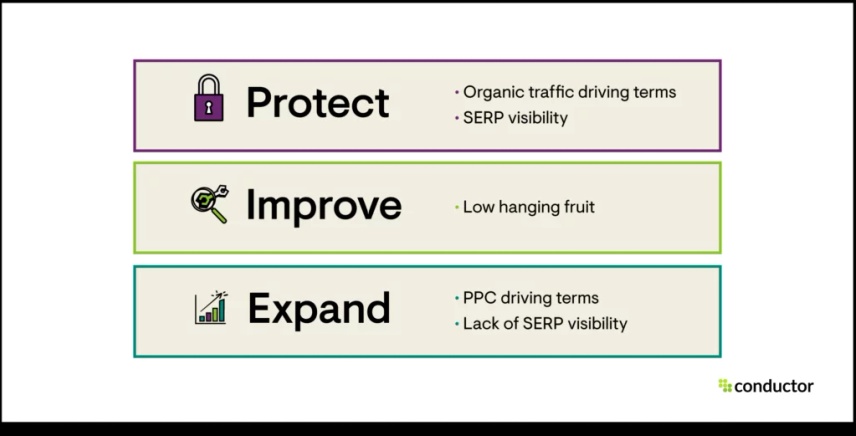Thorough Check Out Secondary Dimensions in Google Analytics: Meaning and Best Practices
Wiki Article
Unveiling the Impact of Additional Measurement in Google Analytics on Information Analysis and Insights
In the world of information analytics, the usage of additional dimensions within Google Analytics has arised as a critical device for extracting much deeper insights and unraveling complicated patterns that may otherwise continue to be covered. By peeling off back the layers of main data collections, additional dimensions use a nuanced point of view that improves the understanding of user habits, website efficiency, and the effectiveness of marketing strategies. The true impact and untapped capacity of secondary dimensions are typically taken too lightly, eclipsed by the attraction of main metrics. As we navigate via the complex landscape of information analysis, the relevance of second dimensions ends up being progressively obvious, dropping light on vital information that hold the trick to informed decision-making and strategic optimizations.Exploring the Idea of Second Measurements
Additional measurements in Google Analytics offer added insights by enabling customers to examine main information combined with a secondary attribute. This attribute enables a more detailed understanding of the key information by including one more layer of details for analysis. By incorporating secondary dimensions, users can dig deeper into the data and discover important connections that might or else go unnoticed. As an example, by matching the main data of internet site web traffic with additional dimensions like demographics or behavior, marketers can gain an extra comprehensive view of their target market and customize their strategies appropriately.Comprehending the concept of second measurements is essential for making the most of the possibility of Google Analytics. It allows customers to segment data successfully, determine patterns, and make informed decisions based upon a more complete image of their analytics information. By discovering the various second measurements offered in Google Analytics, individuals can unlock brand-new insights and optimize their electronic advertising efforts. Fundamentally, second dimensions function as an effective tool for boosting data evaluation and driving workable results.
Enhancing Data Interpretation With Second Measurements
Having developed the foundational understanding of second dimensions in Google Analytics and their essential duty in information analysis, the emphasis now moves towards leveraging these secondary characteristics to improve the analysis of analytics data (what is a secondary dimension in google analytics). By including additional measurements right into information evaluation, analysts can obtain much deeper insights into individual actions, internet site efficiency, and advertising and marketing performance

In addition, secondary dimensions assist in contextualizing primary information metrics by giving added layers of info. This contextualization help in comprehending the 'why' behind the data patterns, helping analysts make notified optimizations and decisions to boost overall performance. Eventually, integrating additional dimensions enriches the information interpretation process, resulting in even more significant understandings and strategic actions.
Revealing Hidden Insights With Secondary Dimensions
Discovering the midsts of analytics information with second measurements exposes valuable insights that would certainly otherwise stay obscured. By incorporating second measurements in Google Analytics, organizations can uncover hidden patterns, patterns, and correlations that supply a more comprehensive understanding of customer actions and website performance. These added layers of information allow analysts to dig much deeper into the main dimensions, such as website traffic sources or touchdown web pages, and gain an extra nuanced viewpoint on how various variables engage with each other.Through the usage of additional measurements, analysts can segment and contrast information across different dimensions, allowing them to recognize specific elements that influence individual engagement, conversion rates, and general success metrics. For example, by pairing the main measurement of 'device category' with the secondary measurement of 'age team,' marketing professionals can pinpoint which age demographics prefer accessing the website via smart phones versus desktop computers. This level of granularity encourages companies to make data-driven decisions and enhance their techniques for far better results. Ultimately, revealing concealed insights with second measurements boosts the deepness and precision of information analysis, leading to even more enlightened decision-making and improved efficiency results.
Leveraging Additional Measurements for Actionable Analytics
Building upon the insights unveiled via second measurements in Google Analytics, organizations can currently harness this enriched data landscape to drive workable analytics and strategic decision-making. By leveraging secondary measurements, organizations can dive deeper into their data to draw out useful patterns, fads, and connections that might have formerly gone undetected. This much deeper degree of analysis makes it possible for businesses to obtain a more extensive understanding of customer actions, campaign performance, and overall site efficiency.One trick advantage of using secondary measurements for actionable analytics is the capacity to sector data based on particular criteria. This division permits businesses to customize their projects and approaches to different target market groups, causing extra targeted and efficient advertising efforts - what is a secondary dimension in google analytics. Additionally, additional dimensions offer an even more holistic view of individual interactions, allowing businesses to maximize their internet site material, layout, and total user experience
Making Best Use Of Decision-Making With Additional Measurements
see To boost strategic decision-making in analytics, leveraging second measurements in Google Analytics can provide a much more nuanced point of view on customer behavior and project efficiency. By including additional dimensions right into data analysis, companies can dig deeper into the specifics of their website site visitors' communications and interaction patterns. This extra layer of information enables for a much more comprehensive understanding of how different variables, such as demographics, gadgets, or traffic sources, influence key efficiency indicators.
Final Thought
In conclusion, the usage of second measurements in Google Analytics plays a critical function in enhancing information evaluation and uncovering covert understandings. By exploring this idea, one can acquire a deeper understanding of individual behavior and make educated decisions based on workable analytics. Leveraging additional measurements enables for a more comprehensive analysis of information and maximizes the efficiency of decision-making processes.
Report this wiki page